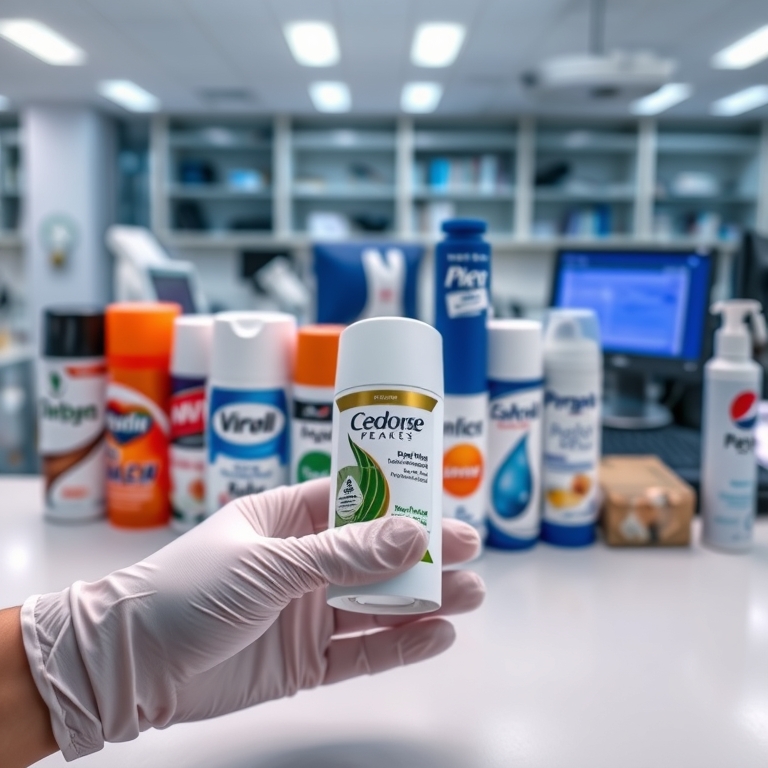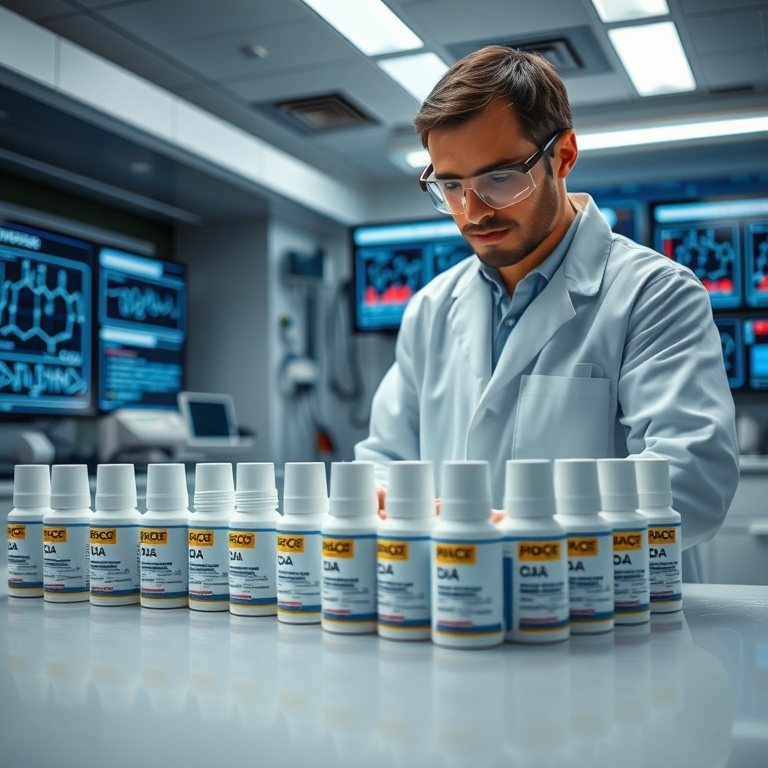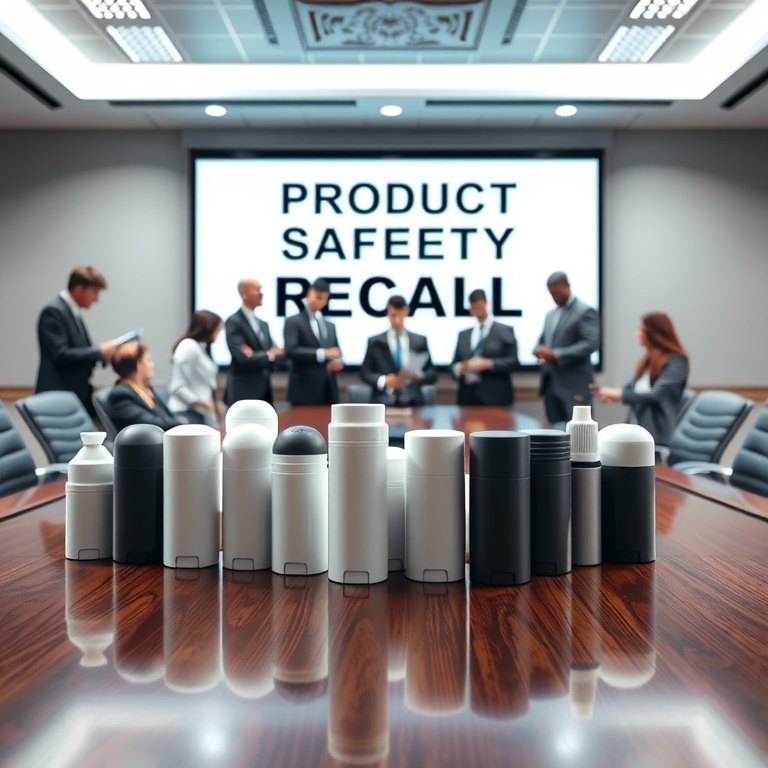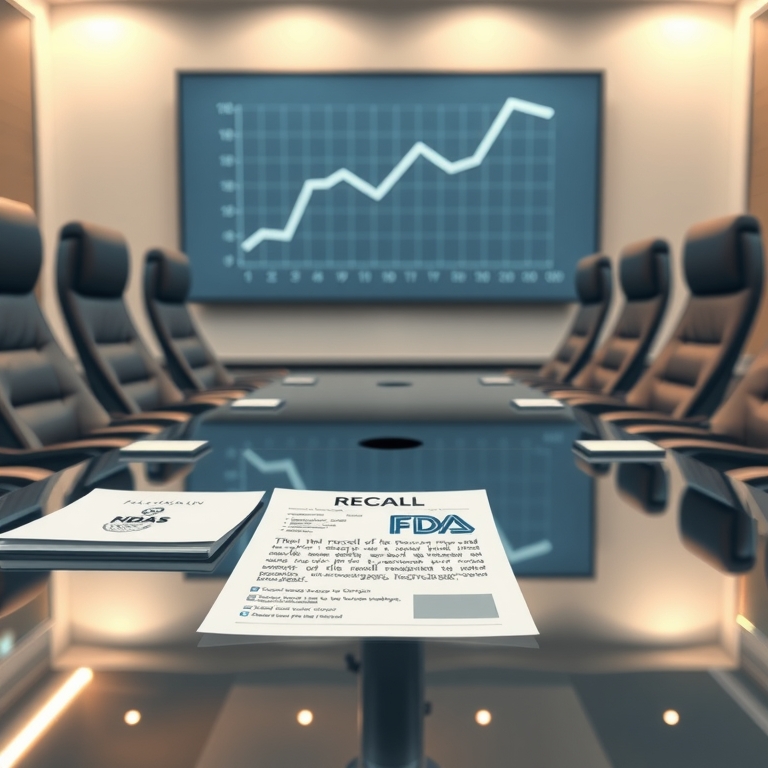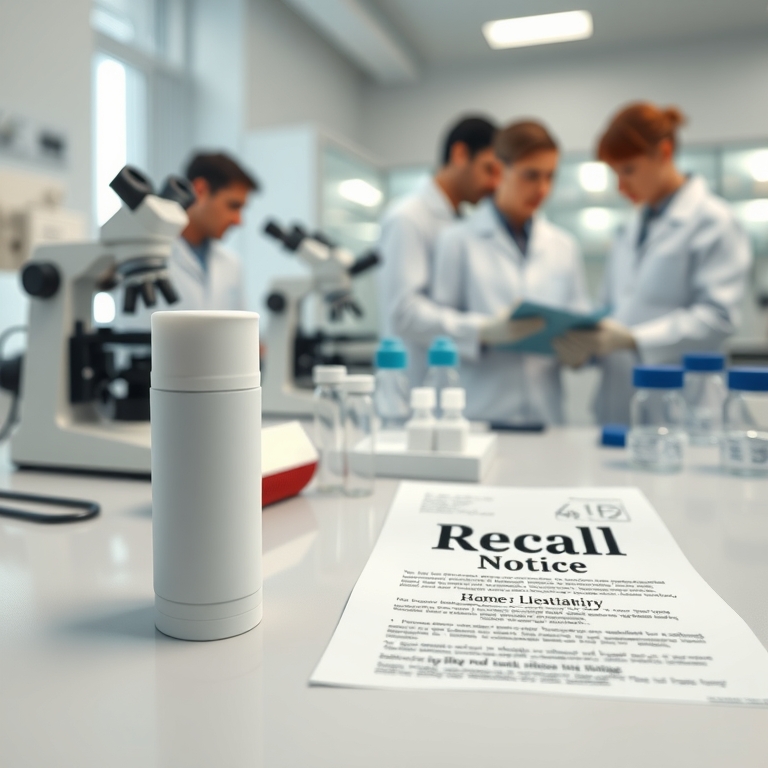In a move that has sent ripples through the personal care industry, the Food and Drug Administration (FDA) has initiated a recall on several deodorant brands due to mounting health risk concerns. This decision comes after an extensive investigation revealed the presence of potentially harmful substances in certain deodorant products, raising alarms about consumer safety and prompting urgent action from regulatory bodies and manufacturers alike.
The recall, which was announced earlier this week, targets several popular deodorant brands that have been staples in households across the nation. The FDA’s decision underscores the agency’s commitment to ensuring the safety and well-being of consumers, as it continues to scrutinize products that are used daily by millions. This unprecedented recall has put a spotlight on the regulatory processes that govern personal care products and has sparked a broader conversation about ingredient transparency and product safety standards in the industry.
The genesis of the recall can be traced back to routine product testing and consumer complaints that flagged potential issues with certain deodorants. The FDA’s investigation revealed that some products contained traces of benzene, a chemical compound that, while ubiquitous in the environment, poses significant health risks in high concentrations. Benzene is classified as a carcinogen, meaning it has the potential to cause cancer in humans. The discovery of benzene in deodorants has raised significant concerns given the products’ frequent use and close contact with the skin.
In response to these findings, the FDA has taken decisive action, mandating the immediate recall of affected products and advising consumers to discontinue their use. The agency has also issued guidelines for retailers to remove these products from their shelves, a move that has prompted swift compliance from major retail chains. The FDA’s recall is a precautionary measure aimed at mitigating potential health risks and reflects the agency’s proactive stance on consumer safety.
For the manufacturers of the affected deodorant brands, the recall represents a significant challenge. Companies are now tasked with not only addressing the immediate concerns related to the recall but also restoring consumer trust in their products. Many of these companies have issued public statements expressing their commitment to safety and pledging to work closely with the FDA to resolve the issue. Some have already begun reformulating their products to ensure they meet safety standards and have launched internal audits to identify and rectify the source of contamination.
The recall has also reignited the debate over regulatory oversight and the responsibility of manufacturers to ensure the safety of their products. Critics have argued that the incident highlights a gap in the current regulatory framework, calling for more stringent testing and monitoring processes. They advocate for stricter regulations that would require companies to conduct comprehensive testing for harmful substances before products reach consumers. On the other hand, industry leaders have emphasized the importance of collaboration between manufacturers and regulators to enhance safety protocols and prevent future incidents.
As the recall unfolds, consumers are left to navigate the implications of the FDA’s findings. Many are reconsidering their personal care choices and seeking out alternative products that prioritize natural and safe ingredients. This shift in consumer behavior could have long-term implications for the deodorant market, as brands that can effectively communicate their commitment to safety and transparency may gain a competitive edge.
The broader impact of the recall on the personal care industry remains to be seen. However, it is clear that the incident will serve as a catalyst for change, prompting manufacturers to reevaluate their product formulations and quality assurance processes. The recall also underscores the importance of consumer awareness and the role of informed decision-making in the marketplace. As consumers become increasingly vigilant about the products they use, companies will be compelled to prioritize transparency and safety to maintain consumer trust.
In the coming months, the FDA will continue its investigation to determine the full extent of the issue and ensure that all affected products are removed from circulation. The agency’s efforts will be closely watched by industry stakeholders and consumers alike, as they look for reassurance that necessary measures are being taken to protect public health.
This recall serves as a stark reminder of the complexities involved in product safety regulation and the ongoing need for vigilance in the personal care industry. As manufacturers and regulators work together to address the current situation, the lessons learned from this incident will undoubtedly shape the future of product safety standards and regulatory practices. In an era where consumer safety is paramount, the actions taken today will set a precedent for how potential health risks are managed in the years to come.
